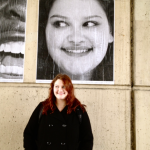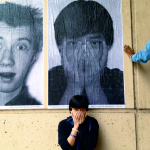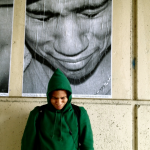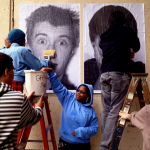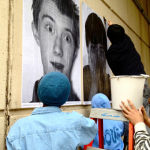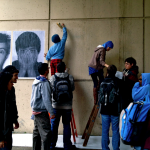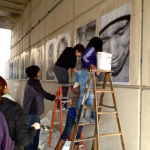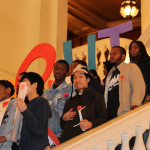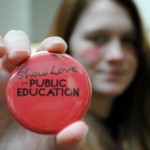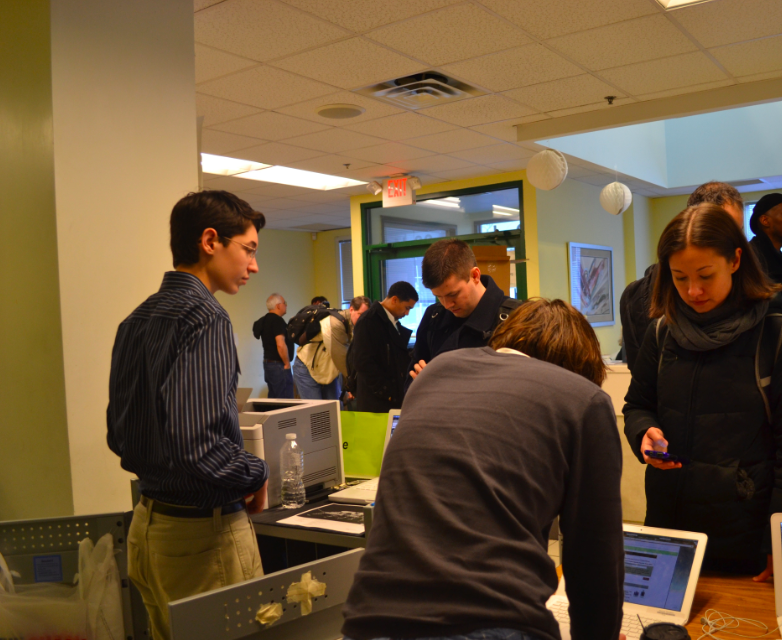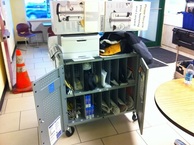On February 13, 2012, The school district of Philadelphia stated that they will not support a mandated scripted curricula for schools within the district. Before this, textbooks, along with preparation for the PSSA, were often the basis of a school’s entire curriculum.
What’s wrong with that?
For starters, the curriculum often focuses only on ensuring a proficient score or higher on the PSSA. This education was extremely narrow. There are many more concepts and forms of knowledge that could still be incorporated into a teacher’s everyday curriculum.
A static curriculum does not create a dynamic student body. With a more open curriculum, you create dynamic individuals capable of articulating themselves in creative ways.
One example of where a dynamic curriculum has benefited a school is here at Science Leadership Academy.
Here are the top things we think make the curriculum at SLA exceptional:
– Project-based learning allows students to integrate the skills they are learning in class more creatively. Projects that have been created by SLA students include a community organizing group, a mural on the JFK bridge, and many others.
– The core values of SLA — Inquiry, Research, Collaboration, Presentation, Reflection —
allow the students to identify a question, understand it more through research, collaborate with other group members/classmates, present a final product, and then reflect on how to improve next time.
– Peer-editing is a crucial part of a student’s learning process. We learn how to learn from each other, not just our teachers.
– The school has a built-in sense of community. Teachers meet every week, everyone follows each other on Twitter, teachers have their doors open. This creates an environment of safety for the student, allowing them to more easily approach a teacher if he/she has a problem. Students are always sitting groups, which allows them to be in constant communication with other people, solving problems on their own.
– Students have real-world experience, from freshmen year at TFI to capstone projects in their senior year. These expose the students to a whole range of careers and information thus making them more well rounded individuals.
While these are things that make SLA a good school, this kind of process also prepares the students for the workplace. Whether it’s working in the field of education, law, politics, or something else, graduates will be collaborating with other people constantly, and and they need to able to communicate easily and effectively.
Here are next steps other schools can take to enhance their own curriculum:
– Its one thing for teachers to present a new idea to students; its another for students to receive it. A top down-curriculum causes a student to lose a sense of identity and opinion. Have a student-based inquiry system, where the students think of their own questions — and answer them.
– Get rid of the rows and put students in groups. This pushes them to be in constant communication with each other. If they’re answering questions on their own, they need help from their peers.
– Come visit. Have teachers observe SLA one day, have them see how our school acts on a daily basis.
If a school were to integrate any of these ideas, they will surely see an advancement within not only the student body and how they communicate but the whole school as a community.
Unsigned editorials are written and approved by the SLAMedia Editorial Staff. They do not reflect the opinion of Science Leadership Academy and its employees.
